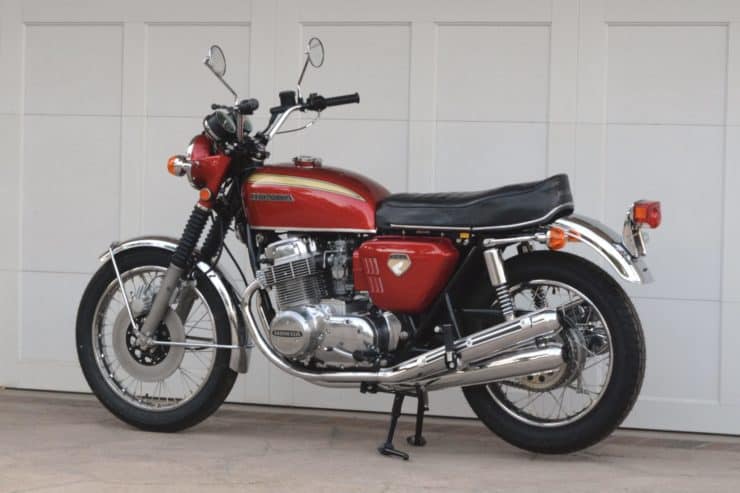I have been getting a lot of compliments on the 4 into 1 Exhaust I manufacture called The Sidewinder, this really is a great performing system that not only fits well, it sounds crisp and is a true Performance pipe. These power houses are available in Raw steel, for that Industrial Look, or you can […]
Tag Archives: 1969
This is a rare “Sandcast” 1969 Honda CB750 “Sandcast” that’s historically significant for two reasons, firstly it was the world’s first “superbike” and secondly it was bought new by Steve McQueen through his production company Solar Productions. For those who may not know about this 500 pounds of Iconic Motorcycling Mastery, here is a small […]
Not always you see too many Sandast’s these day, I’ve owned about 9 over the years and sold many parts for them back in about 2003 but harder to locate for sure these days- So, when you see a Cafe Racer creation that was built in 1969 and sent to Sweden, then it is quite a […]
Just a quick old Video when I had a Bigger shop that did Cafe Racers and Hot Rods, but am so much happier doing MY own stuff and not relying of other people, so have a great weekend.




